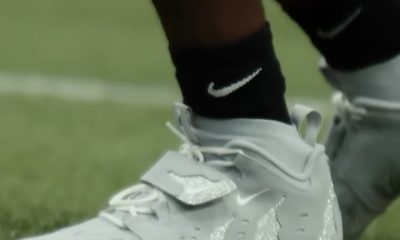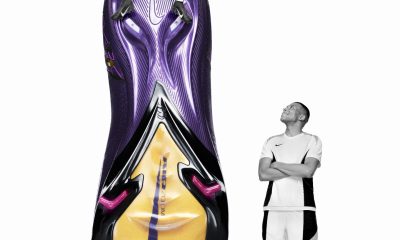The new-age fitness franchise is Hapana’s latest success story with its recent franchising progress
As a fitness and wellness brand with an emphasis on efficiency in the gym, it’s no wonder that OHM Fitness and Hapana, a leading software-as-a-service platform for fitness brands, make a perfect match.
With innovative workout programs featuring emPower EMS Suits and other supportive therapies, OHM Fitness packs the benefits of a two-hour workout into a low-impact 25-minute session. The aftereffects can include fat loss, improved skin health and energy, decreased stress and anxiety, increased muscle strength and pain relief benefits.
Hapana’s ability to drive brands forward with fast-paced, functional software is also well-documented. The brand has no shortage of success stories featuring spurred client productivity with smarter, speedier solutions.
It was only a matter of time before both institutions realized their similar principles, inked a partnership and Hapana began propelling OHM Fitness to further success.
“OHM Fitness has seen rapid growth over the past three years that we’ve been open,” said Director of Quality at OHM Fitness Allie Hartsworm. “We’ve taken it from a single flagship studio to being coast-to coast across the United States. It’s been a really exciting time.”
The Right Fit
Hapana and OHM Fitness aren’t just aligned on prioritizing efficiency. Hapana’s tailoring toward fitness-specific companies also makes it a well-suited provider for OHM Fitness — and those are harder to find than you might think.
“First and foremost, we love that Hapana is a fitness franchise-centric platform,” said Hartsworm. “The big thing is, we didn’t have to try and make salon software work for fitness. A lot of times that becomes the reality of it because they’re so many POS and CRM systems out there for anyone to slot in and use some of the features that work and leave others on the wayside.”
Instead, Hapana gave OHM Fitness a full suite of tools meant for fitness brands — a key one being the ability to see all franchisee operational progress live.
“This gave us more value anywhere else when it came to them fixing some of our challenges,” said Hartsworm. “They gave us easy insights into all of our studios. With one single sign-on, we have access to all of our locations. It’s very easy to see where we are at operationally.”
This connectivity and fitness-first set of tools have been essential to the brand’s aforementioned expansion efforts.
“Through that rapid growth comes a need for stability,” said Hartsworm. “We noticed that our POS platform prior to Hapana wasn’t providing that. The biggest thing is maintaining brand consistency, offers and smooth ops processes, and any franchise experiences those potential challenges in the beginning of their expansion efforts. Hapana was able to be this all in one platform for fitness.”
Time Saved
Known for fitness experiences within shorter time parameters, OHM Fitness’ eyes are always on the clock. Doing so has helped the brand to understand Hapana’s impact in a quantitative sense as well.
Prior to Hapana, OHM Fitness spent roughly 16 to 20 hours training new hires on its POS, CRM and reporting systems. It now takes only five to six.
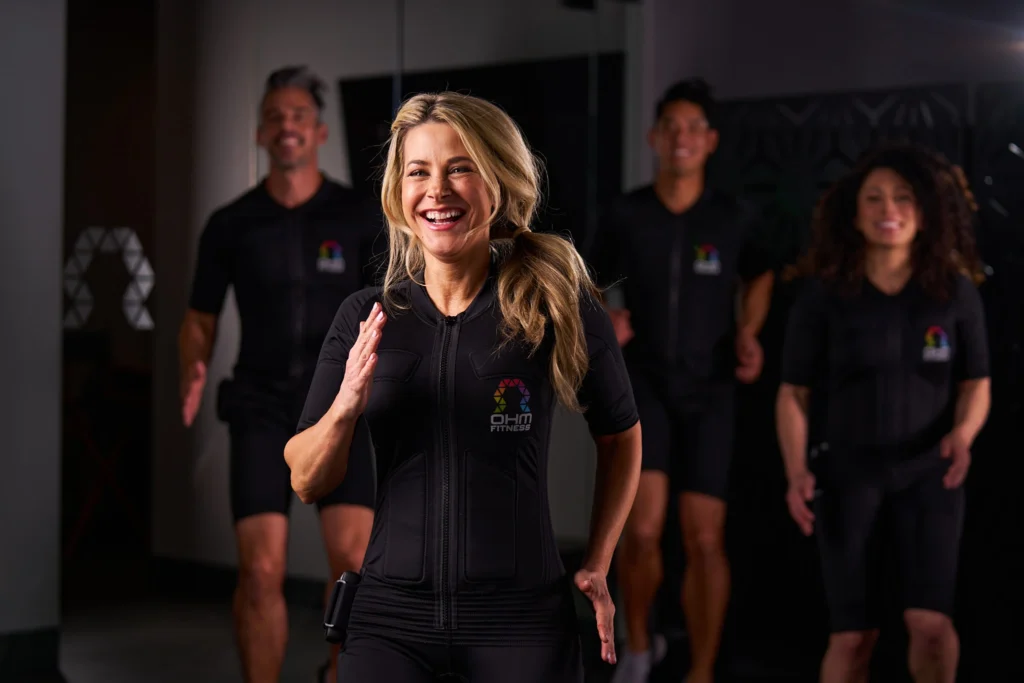
“We cut that down to a third of the time,” Hartsworm said. “People don’t really think about how much money that saves you as a business owner when you can train someone in a third of the time that it would take with other platforms.”
This is largely thanks to the provider’s simple user interface.
“Hapana is a simple platform,” said Hartsworm. “It’s easy to use, makes sense and takes the guesswork out.”
Man Power Support
In other instances, heightening productivity simply comes down to going the extra mile. Hapana does so by catering to client needs with more haste than other providers.
“I can’t say enough about their customer service,” said Hartsworm. “In most cases, our support tickets are handled within two hours. With other big brands, I have seen support tickets sit there for days with follow-ups needed.”
Hapana’s quick-to-act nature creates a trickle-down effect in terms of increased bandwidth, as operators are able to focus on additional elements of their businesses with the energy saved.
“From an HQ side, we’ve been able to offload our support side and our ticket system because Hapana is so good at those things that now we don’t have to worry about them,” added Hartsworm.
The brand’s account management team has an equal level of dedication to client needs as its customer support. Such attentiveness is crucial to establishing a cohesive and productive workflow between franchisors and franchisees.
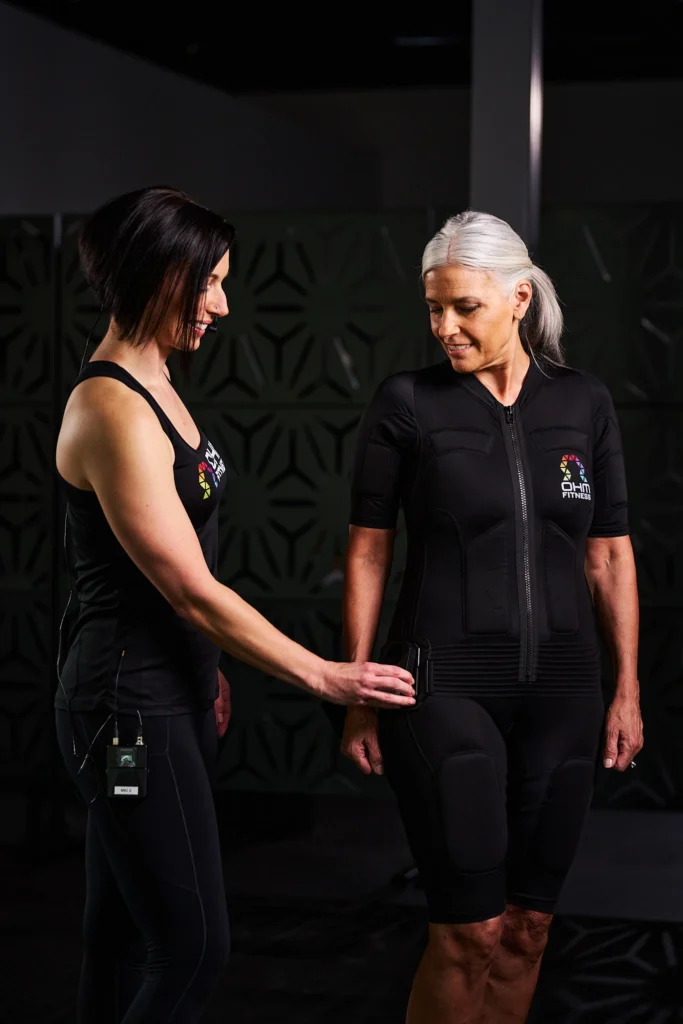
“Their account management team is top tier,” said Hartsworm. “They go above and beyond to make sure that HQ knows what’s happening and how we can be part of their roadmap for development.
“Hapana is not just our vendor,” she went on. “They’re a team player. We see Kate, Jarron, Mickey and all the people that we’ve been working with for the past two years as a part of OHM as well, which is really cool.”
Planned Advancements
OHM Fitness aims to continue its growth behind new features from Hapana as well.
“They are totally beefing up their reporting system,” said Hartsworm. “I have thankfully been a part of their discovery process for what is needed in fitness franchising. What’s coming in their reporting is really exciting. Any fitness franchise or business is going to see this reporting and say, ‘Hey, I think Hapana is a real contender for my POS.’”
Hapana is also giving clients newer, more detailed means of management within its system. Doing so promises to enhance pivotability and improve connectivity within the franchise system to a further degree.
“They are starting to roll out some more independent brand controls, meaning that we don’t have to rely on Hapana to make certain updates,” said Hartsworm. “We at corporate can make changes to inventory or pricing options and it will send that out to all of our studios and make everyone the same.”
It’s those things that I think are powerful and provide a lot of meaning to what they have going on,” she added.




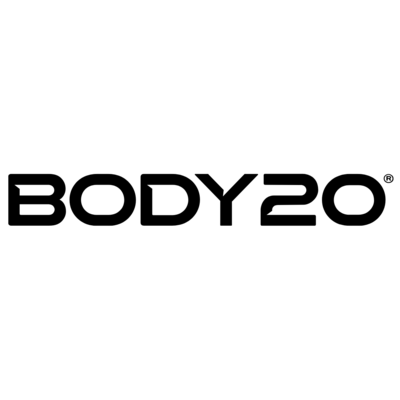

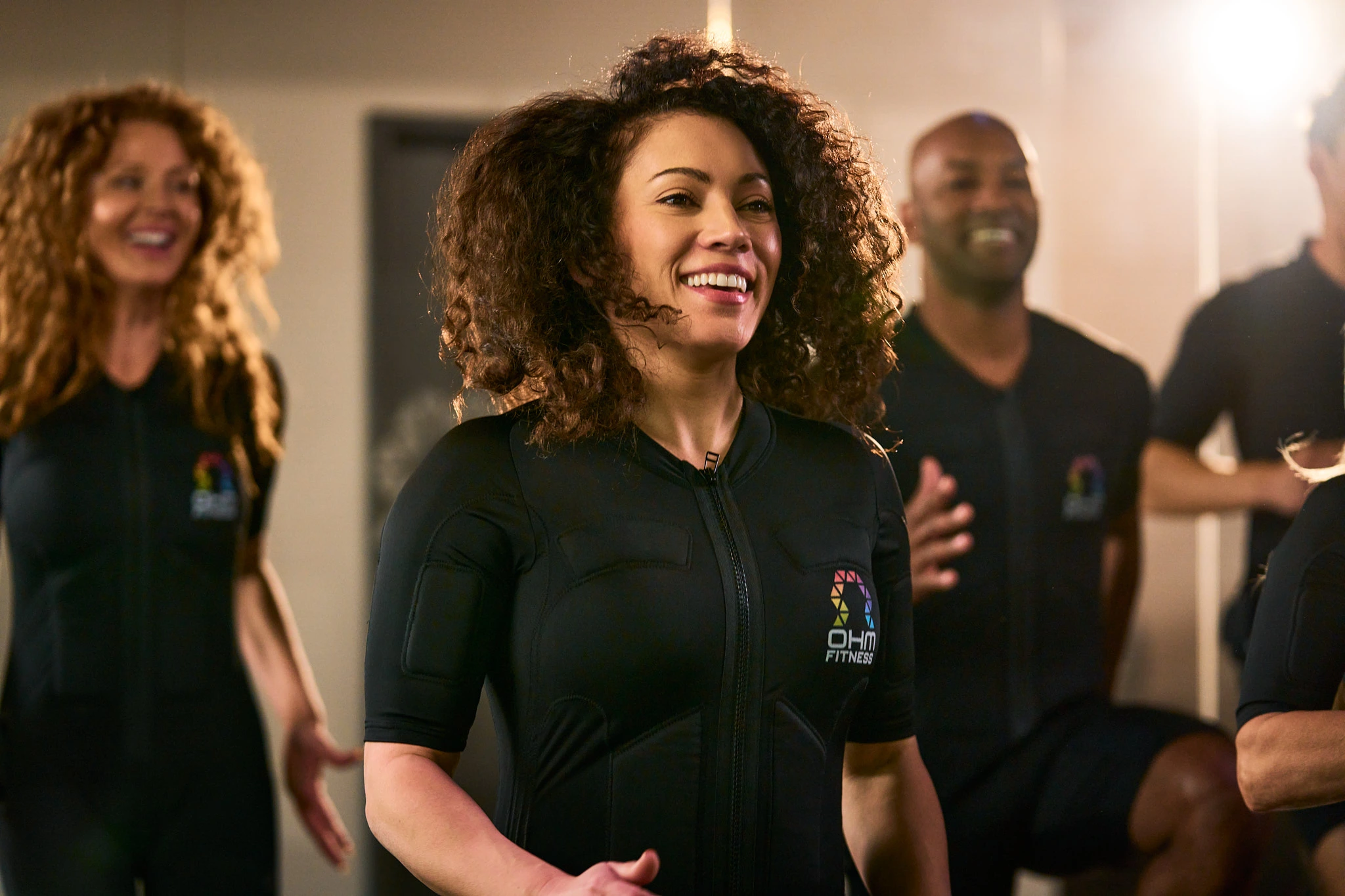

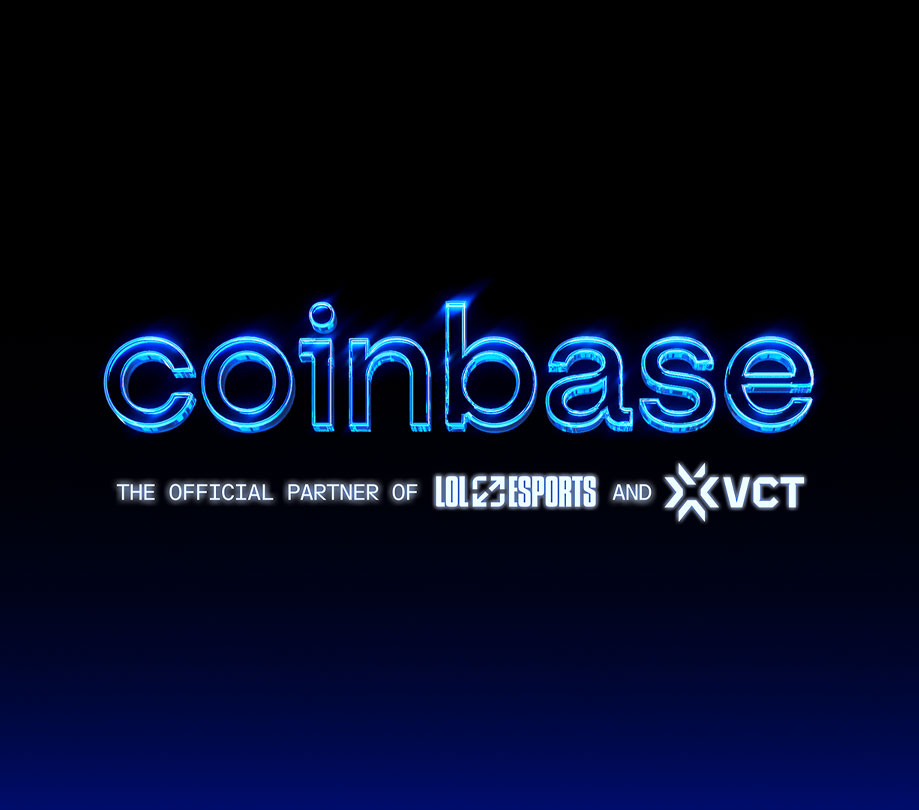








 | Pt. 1
| Pt. 1


























